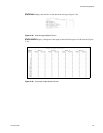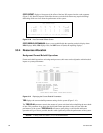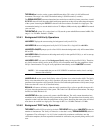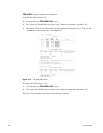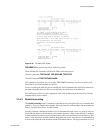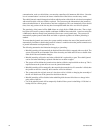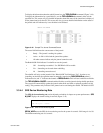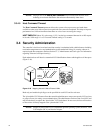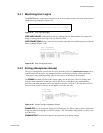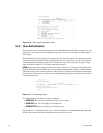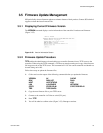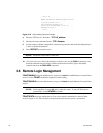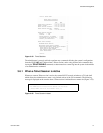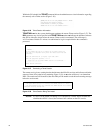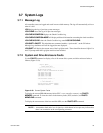
72 007-5510-002
NOTE :
Improper use of the SES M_WAIT command can prevent the SES monitors from
detecting an enclosure fault before the enclosure automatically shuts down.
3.3.4.5 Host Command Timeout
The Host Command Timeout parameter allows the system to free up resources and make them
available to other users if the request from a particular user cannot be completed. This helps to improve
performance in a SAN environment where there are a lot of users accessing the storage.
HOST TIMEOUT=X (where X is value range 1..512) lets the host command timeout for an I/O request
in seconds. Valid range is 1 to 512 seconds. Default setting is 75 seconds.
3.4 Security Administration
The controller’s dual-level, non-host based data security is maintained with scalable features including
restricted management access and authentication against authorized listing. No security software is
required on the host computers. (Refer to Section 3.1.3,"Administrator and User Logins" for information
regarding Telnet and serial port security.)
Each authorized user will have its customized LUN identification scheme which applies to all host ports
(Figure 3–46).
Figure 3–46 Mapping Internal LUNs to External LUNs
Read-only and read/write privileges can be specified for each LUN and for each user.
The “place holder” LUN feature allows the controller administrator to map a zero capacity LUN to a host
or group of hosts (via zoning or user authentication). The administrator can then create a real LUN and
map it to the host(s) to replace the “place holder” LUN in the future. In most cases, the host will not have
to reboot since it already mapped to the “place holder” LUN.
NOTE :
Support of place holder LUNs is dependent upon the operating system, the driver, Host
Card Adapter (HCA), and host bus adapter.
LUN 0
LUN 2
LUN 4
LUN 3
LUN 5
LUN 1
Internal
LUN Map
WWN 1
WWN 1
External
LUN Map
01234567
01234




